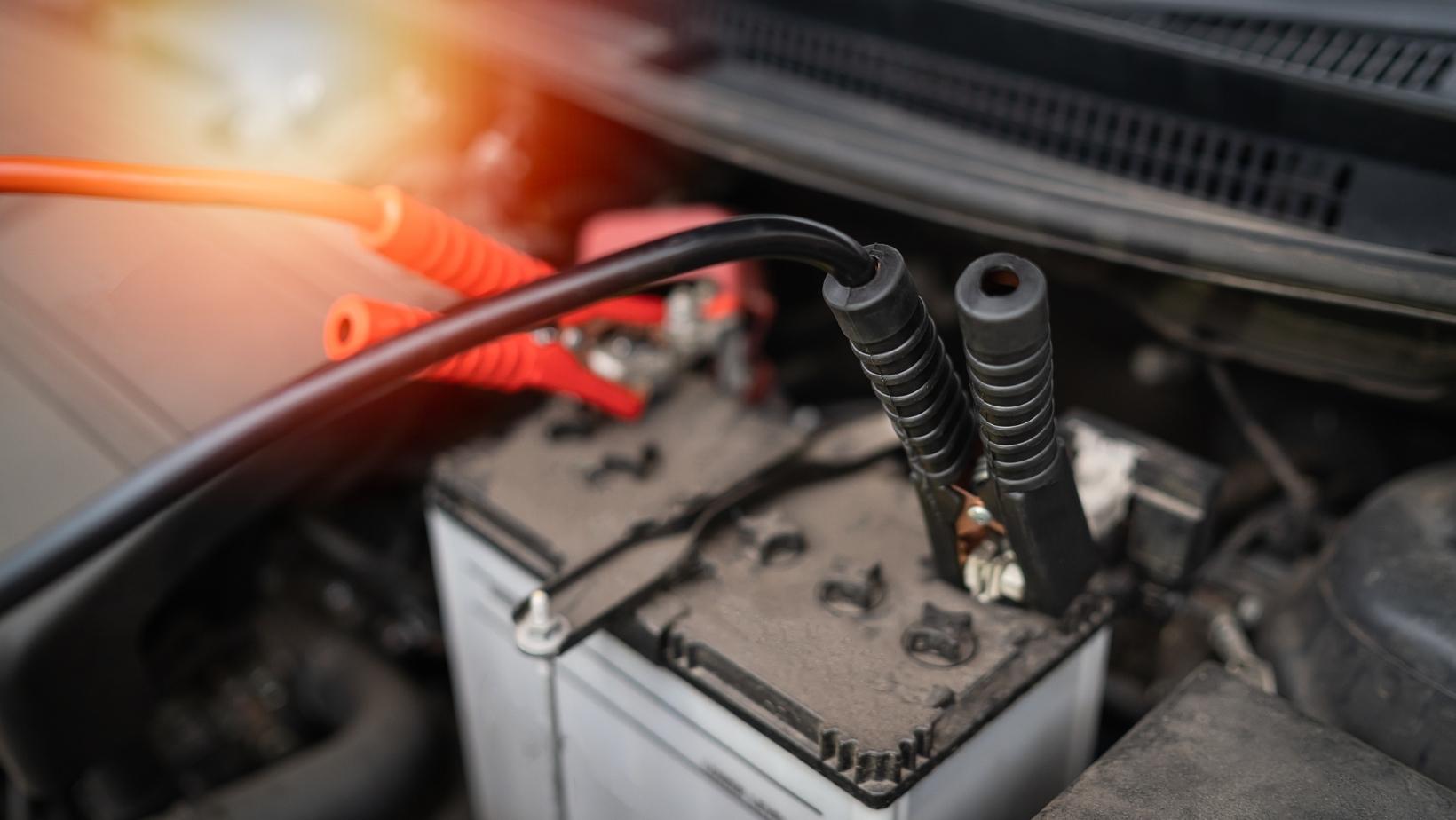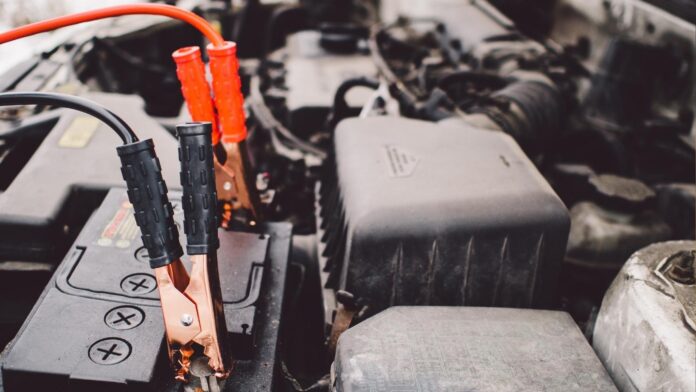So, you’ve recently replaced both your battery and alternator in hopes of resolving the issue with the battery light staying on. However, to your dismay, the problem persists. It can be quite perplexing when you take all the necessary steps to fix a problem, only to find that it’s still there. In this article, I’ll delve into some possible reasons why your battery light may still be on despite installing new components.
One possibility is that there could be an issue with the wiring or connections related to your battery and alternator. Even though you’ve replaced these components, if there is a loose or faulty connection somewhere along the line, it could still trigger the battery light. So, it might be worth double-checking all the connections and ensuring they are secure.
Another potential cause for the persistent battery light could be a fault in another part of your vehicle’s electrical system. While replacing the battery and alternator are common steps to address this issue, it’s important to remember that there are other components involved in charging and monitoring your vehicle’s electrical system. Components such as voltage regulators or even faulty dashboard warning lights can contribute to this problem.
New Battery and Alternator, But Battery Light is Still On
So you’ve recently installed a new battery and alternator, but to your dismay, the battery light is still stubbornly illuminated on your dashboard. Don’t fret just yet! There are a few possible causes for this issue that you should consider:
- Loose or Corroded Battery Connections: Sometimes, even with a new battery, the connections might not be secure or could be affected by corrosion. Check the battery terminals and cables to ensure they are tightly fastened and free from any buildup or oxidation.
- Faulty Alternator Belt: A worn-out or loose alternator belt can prevent the alternator from generating sufficient power to charge the battery properly. Inspect the belt for signs of wear, tension, or damage and replace it if necessary.
- Malfunctioning Voltage Regulator: The voltage regulator is responsible for regulating the charging output of the alternator. If it malfunctions, it can result in an ineffective charging system and cause the battery light to stay on. Consider having the voltage regulator tested or replaced by a professional if needed.
- Wiring Issues: Faulty wiring connections between the alternator, battery, and other components can disrupt the flow of electricity and trigger the battery light to remain illuminated. It’s worth inspecting these connections for any damaged wires or loose connections that may require repair.
- Electronic System Problems: Some vehicles have complex electronic systems that rely on sensors and control modules to manage various functions, including charging systems. If there’s a malfunction within these systems, it can erroneously trigger the battery light warning even with a new battery and functioning alternator.
Remember that diagnosing electrical issues can sometimes be challenging without proper equipment and expertise. If you’re unable to identify or resolve the problem yourself, it’s recommended to consult with an experienced mechanic who can diagnose and repair any underlying issues accurately.

Inspecting the New Battery and Alternator
When facing the issue of a battery light still being on despite installing a new battery and alternator, it’s important to conduct a thorough inspection to identify any possible causes. Here are some key steps to follow:
- Check the battery connections: Start by examining the battery terminals and cables for any signs of corrosion or loose connections. Ensure that all connections are tight and secure.
- Test the battery voltage: Use a multimeter to measure the voltage across the battery terminals. A fully charged battery should read around 12.6 volts or higher. If the voltage is significantly lower, it could indicate an issue with either the battery or alternator.
- Inspect the alternator belt: Examine the condition of the alternator belt for cracks, fraying, or looseness. A worn-out belt can cause insufficient charging, leading to a persistent battery light.
- Verify alternator output: With the engine running, measure the voltage at the battery terminals again using a multimeter. The reading should typically be between 13.5 and 14.8 volts, indicating proper charging from the alternator.
- Examine wiring and fuses: Inspect all wiring connected to both the battery and alternator for any signs of damage or loose connections. Additionally, check relevant fuses related to charging system components.
If none of these inspections reveal any issues, it’s recommended to seek professional assistance from a qualified mechanic who can perform more advanced diagnostic tests on your vehicle’s electrical system.
Remember that while replacing both your battery and alternator may seem like logical steps in resolving a persistent battery light issue, there could be other underlying causes such as faulty sensors or wiring problems that need further investigation.


